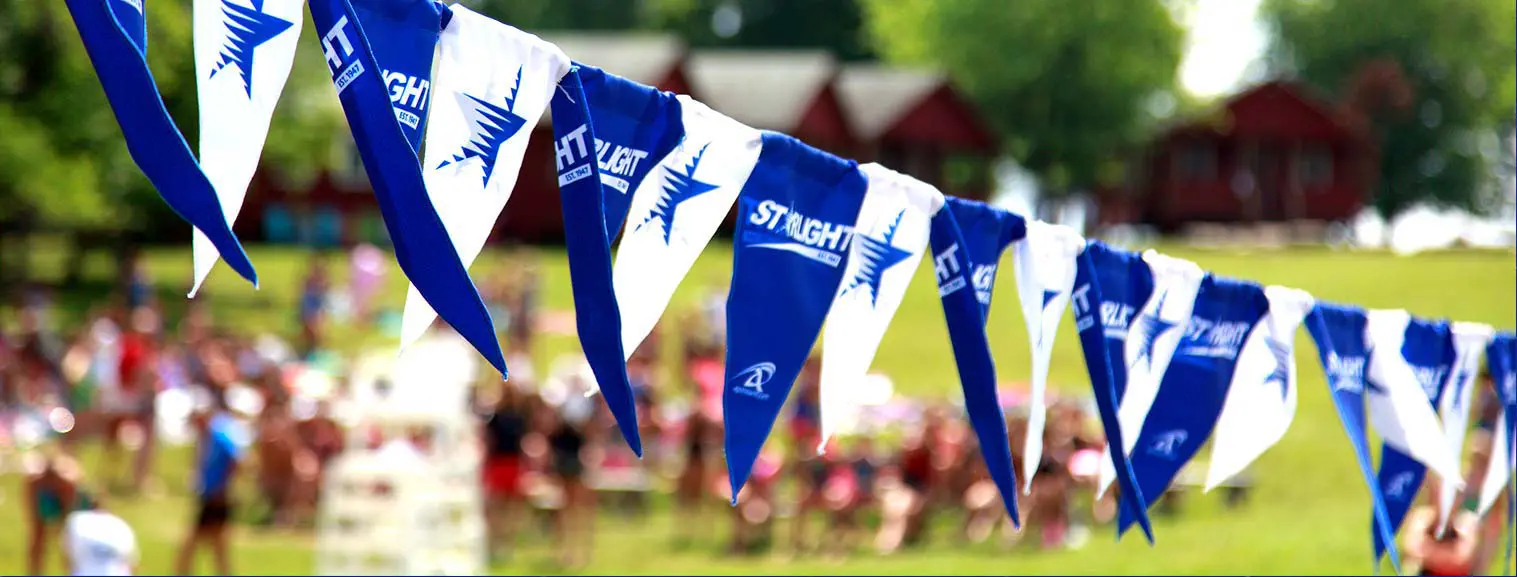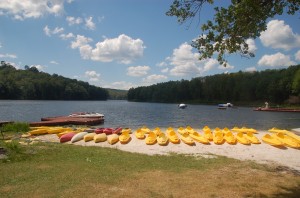 Almost every camper will name his or her waterfront area as one of the best parts of camp. Many camps are built on lakes and their waterfronts play a crucial role during the summer, not only as a place for swimming but as a gathering place and the perfect backdrop for outdoor evening activities. Learning to swim at summer camp is a rite of passage. But learning to swim not only provides a great foundation for building camp memories of sunny days spent at the waterfront, it has lifelong benefits as well.
Almost every camper will name his or her waterfront area as one of the best parts of camp. Many camps are built on lakes and their waterfronts play a crucial role during the summer, not only as a place for swimming but as a gathering place and the perfect backdrop for outdoor evening activities. Learning to swim at summer camp is a rite of passage. But learning to swim not only provides a great foundation for building camp memories of sunny days spent at the waterfront, it has lifelong benefits as well.
Of course, there are the much acclaimed physical and mental benefits that we all know. It’s a great low impact exercise that is suitable for almost everyone, which makes it an ideal part of a regular fitness regime. It’s also not age restrictive. Rather, it’s an activity that can be enjoyed for a lifetime. The fact that muscle strength is also greatly improved as a result of pushing oneself through the water goes without saying.
Swimming also improves coordination, emotional well being, concentration, and social skills. In fact, it’s the largely social aspect of 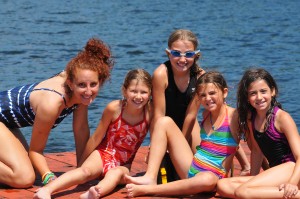 camping that likely makes it such a positive and popular part of the camping experience. The relaxing atmosphere of a pool or waterfront area provides the perfect setting for children to let down their guards and enjoy the type of casual conversation that builds and strengthens friendships. When combined with the sheer fun of the activity, it’s the perfect setting for building memories.
camping that likely makes it such a positive and popular part of the camping experience. The relaxing atmosphere of a pool or waterfront area provides the perfect setting for children to let down their guards and enjoy the type of casual conversation that builds and strengthens friendships. When combined with the sheer fun of the activity, it’s the perfect setting for building memories.
Camp waterfront locations are extremely active and full of almost endless possibilities for campers to experience. There are often several activities taking place at once, which is why camp Waterfront areas are typically generously staffed with well trained, fully certified lifeguards who complete an extensive and rigorous training program prior to the start of camp.
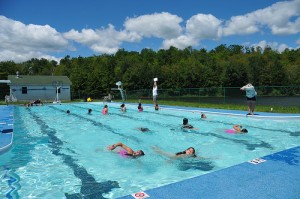 The pool area is not merely a place for swim instruction at summer camp but fun activities such as synchronized swimming competitions in which campers have fun using creativity and teamwork to choreograph a musical number that combines dancing and swimming. Pool parties are popular evening activities at camp, complete with music and plenty of opportunity to socialize.
The pool area is not merely a place for swim instruction at summer camp but fun activities such as synchronized swimming competitions in which campers have fun using creativity and teamwork to choreograph a musical number that combines dancing and swimming. Pool parties are popular evening activities at camp, complete with music and plenty of opportunity to socialize.
Even more adventure can be found on larger lake areas that, in addition to swimming beaches, also often have water toys, such as trampolines, rock-its, and climbing rocks for campers to enjoy. Since these areas require campers to pass a swim test prior to being able to use them, they provide fun and attainable goals for campers: first, to pass the test that allows them to swim to these special areas, then the challenge of climbing the wall or walking the plank. Camps also incorporate their waterfront areas into special event planning. Water games and pirate themed treasure hunts are just a couple of ways that water play is used creatively in camp programs.
Swimming at camp takes on a new level of excitement when included in camp activities–such as decathlons, apache relays, and 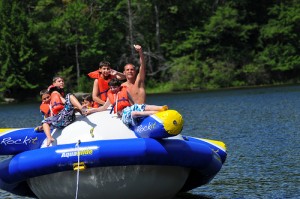 Olympics or Color Wars–that give campers the opportunity to use their swimming skills to rise to a challenge. Many camps also compete in swim meets through their inter camp leagues. Whether racing against other campers or a time clock, being able to apply their swimming instruction in an engaging way and to see firsthand how they’ve improved has been a moment of pride for many a camper.
Olympics or Color Wars–that give campers the opportunity to use their swimming skills to rise to a challenge. Many camps also compete in swim meets through their inter camp leagues. Whether racing against other campers or a time clock, being able to apply their swimming instruction in an engaging way and to see firsthand how they’ve improved has been a moment of pride for many a camper.
So the next time your child regales you with tales of the waterfront at his or her summer camp, remember that it’s not just summer memories that they’re gaining from their swimming experiences, but lifelong skills.



